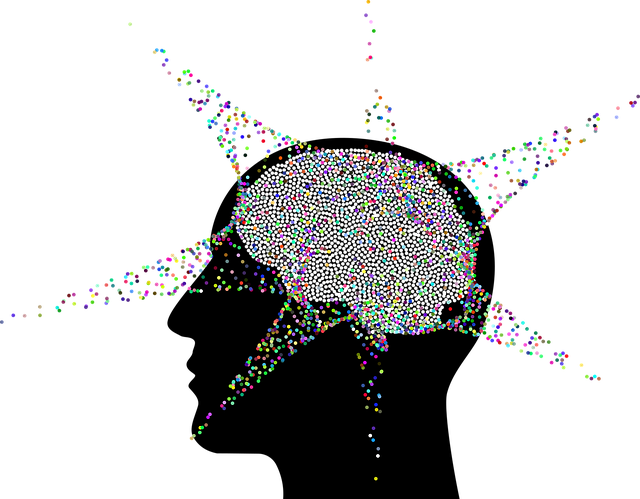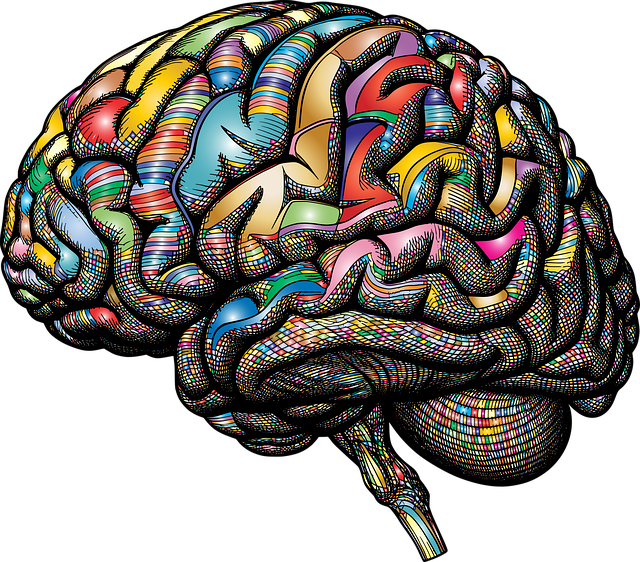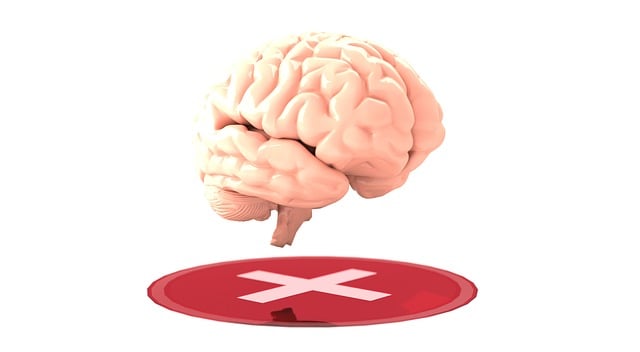Aurora Abuse Survivors Therapy (AAST) is a specialized program focused on empowering individuals who have experienced trauma and abuse by promoting self-care, emotional resilience, and strong self-worth. Using evidence-based techniques and compassionate support, AAST teaches survivors coping strategies, helps them process emotions and memories related to abuse, and fosters healthy relationships. Evaluating AAST's effectiveness involves a combination of standardized questionnaires for mental health disorders, qualitative interviews/focus groups for deeper insights, and tracking improvements in psychological well-being, emotional resilience, and interpersonal relationships. Integrating both quantitative and qualitative data allows AAST to tailor interventions, identify successful components, and enhance overall mental wellness outcomes. Continuous improvement cycles based on evaluation data maximize AAST's positive impact.
Mental wellness program evaluations are crucial for understanding and enhancing therapeutic interventions, especially for survivors of abuse. This article delves into the comprehensive evaluation methods employed in Aurora Abuse Survivors Therapy (AAST), a specialized approach designed to support individuals healing from trauma. We explore assessment tools, evaluation metrics, and the unique blend of qualitative and quantitative techniques used to measure AAST’s effectiveness. Additionally, we highlight strategies for continuous improvement, emphasizing the power of data-driven insights in refining this transformative therapy.
- Understanding Aurora Abuse Survivors Therapy (AAST): Goals and Principles
- Assessment Tools for Mental Wellness Programs
- Evaluation Metrics: Measuring Effectiveness in AAST
- Qualitative vs Quantitative Methods in Program Evaluation
- Continuous Improvement: Using Evaluation Data to Enhance AAST
Understanding Aurora Abuse Survivors Therapy (AAST): Goals and Principles

Aurora Abuse Survivors Therapy (AAST) is a specialized program designed to support individuals who have experienced trauma and abuse. Its primary goal is to empower survivors, fostering self-care practices for improved mental wellness. The therapy focuses on helping clients develop a strong sense of self-worth, which is crucial in overcoming the challenges associated with past traumatic events. Through AAST, survivors can learn effective coping strategies, enhance their emotional resilience, and build healthy relationships.
The program emphasizes the importance of creating a safe space for healing. It encourages individuals to explore and process their emotions, memories, and behaviors related to abuse. By integrating evidence-based techniques with compassionate support, AAST aims to facilitate self-esteem improvement and the development of a consistent self-care routine. This holistic approach not only helps prevent burnout but also enables survivors to regain control over their lives, fostering a sense of empowerment and overall mental health restoration.
Assessment Tools for Mental Wellness Programs

Mental wellness programs need robust evaluation methods to measure their effectiveness and impact. Assessment tools play a crucial role in understanding the outcomes and benefits derived from such initiatives, especially for vulnerable populations like Aurora Abuse Survivors Therapy (AAST) clients. These tools are designed to capture various aspects of mental health, including symptoms, functioning, and overall well-being.
One effective method is utilizing standardized questionnaires that assess specific mental health disorders and their severity. Additionally, qualitative assessments, such as interviews or focus groups, can provide valuable insights into participants’ experiences, perceptions, and the program’s influence on their lives. For AAST clients, focusing on measures of trauma healing, resilience, and Inner Strength Development is essential. Moreover, evaluating Healthcare Provider Cultural Competency Training within these programs can ensure tailored support for diverse client populations, contributing to improved Anxiety Relief and overall mental wellness outcomes.
Evaluation Metrics: Measuring Effectiveness in AAST

In evaluating the effectiveness of Aurora Abuse Survivors Therapy (AAST) programs, a multifaceted approach is essential to ensure comprehensive understanding and improvement. Key evaluation metrics include assessing changes in participants’ psychological well-being, emotional resilience, and interpersonal relationships. Standardized questionnaires and interviews can gauge these aspects pre- and post-program, tracking improvements in coping strategies, stress management, and social skills development. For instance, measures like the Depression Anxiety Stress Scales (DASS) or the Rosenberg Self-Esteem Scale can quantify changes in mental health symptoms and self-perception respectively.
Additionally, qualitative methods such as focus groups and personal narratives offer deeper insights into participants’ experiences. These can reveal the impact of AAST on their ability to navigate conflicts using constructive resolution techniques, express emotions effectively, and build supportive social networks. By integrating both quantitative and qualitative data, AAST programs can identify successful components, pinpoint areas for enhancement, and tailor interventions to better meet the diverse needs of survivors, ultimately fostering more robust mental wellness outcomes.
Qualitative vs Quantitative Methods in Program Evaluation

When evaluating mental wellness programs like Aurora Abuse Survivors Therapy (AAST), researchers and practitioners often face a choice between qualitative and quantitative methods. Qualitative methods, such as interviews, focus groups, and case studies, offer deep insights into participants’ experiences, perspectives, and changes in awareness. For AAST, these approaches can help uncover the intricate emotional journeys of survivors, their interactions with therapists, and the effectiveness of specific therapeutic techniques like Mind Over Matter principles.
Quantitative methods, on the other hand, rely on statistical analysis of collected data, typically through surveys and standardized assessments. These methods provide measurable outcomes, enabling comparisons across different program implementations, such as the Community Outreach Program. By integrating Self-Awareness Exercises into AAST, quantitative evaluations can gauge improvements in mental health symptoms, coping mechanisms, and overall well-being over time. Balancing these two approaches allows for a comprehensive understanding of a program’s impact on both individual and community levels.
Continuous Improvement: Using Evaluation Data to Enhance AAST

Aurora Abuse Survivors Therapy (AAST) can significantly benefit from continuous improvement cycles that leverage evaluation data. By systematically assessing the program’s effectiveness through various methods, AAST can identify areas for enhancement and make data-driven decisions to improve outcomes for survivors. Regular evaluations allow for a nuanced understanding of the program’s impact on participants’ mental wellness, particularly in areas like stress management, anxiety relief, and crisis intervention guidance.
This iterative process encourages a culture of ongoing refinement, ensuring that AAST remains responsive to the evolving needs of its clients. Incorporating feedback from survivors, therapists, and other stakeholders into evaluation data sets fosters a more adaptive and effective therapeutic environment. As a result, AAST can optimize its interventions, enhance service delivery, and ultimately support better mental wellness outcomes for those who have experienced abuse.
The evaluation of mental wellness programs, such as Aurora Abuse Survivors Therapy (AAST), is a multifaceted process that combines qualitative and quantitative methods. By understanding the goals and principles of AAST, utilizing appropriate assessment tools, and employing meaningful metrics, we can accurately measure its effectiveness. This article has explored these aspects, highlighting the importance of continuous improvement through evaluation data. Integrating both qualitative and quantitative approaches allows for a comprehensive understanding of AAST’s impact, ensuring its ongoing enhancement and better support for survivors’ mental wellness journeys.














